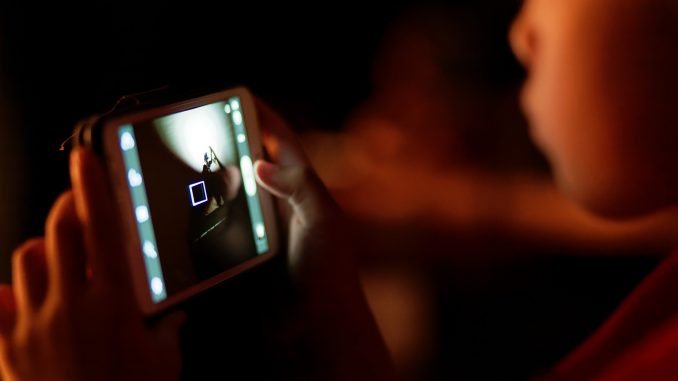
The technological leap in smartphones in recent years has been enormous, allowing people to do more than many would have dreamed possible 10 years ago at just the touch of a button. But these small, portable devices which are designed to make everyday life that much easier also come with a trade-off, and it seem that teenagers are the most vulnerable.
The link between smartphones and a lack of a decent night’s sleep appears undeniable. The blue-ish light given off by many phones can fool your body into thinking it is daytime, leading it to suppress melatonin – a hormone which affects circadian rhythm and usually increases as you prepare for bed. That may sound minor, but given that 71 per cent of people in the US go to bed either holding their smartphone, having it in bed with them or on their nightstand within arm’s reach, it is a wide-reaching issue.
It is further compounded by the fact that many of us use our phones as alarm clocks, meaning they have to be close enough to be heard and switched off relatively conveniently. Furthermore, sending or receiving messages or email immediately prior to sleep can lead to emotional and cognitive spikes – far from ideal when settling down for bed.
Although problematic for adults this is a major issue for teenagers, who require somewhere between eight and 10 hours’ sleep a night for healthy development. A lack of sleep has been linked with multiple issues ranging from poor academic performance through to behavioural problems and a lack of cognitive development.
In Australia, where 70 per cent of teenagers are sleep-deprived, the severity of the issue is being recognised. The Woolcock Institute of Medical Research found that teenagers who regularly used smartphones before bed were 2.5 times more likely to have less sleep than those who did not. They did, however, conclude that the simple presence of electronic devices in rooms would not have a detrimental impact on sleep.
Awareness is being urged among Australian parents, with those concerned about over-usage by their children being advised to seek help. Sleep clinics are being established in the country, with in-house psychologists on hand with ideas on how to improve sleep.
If it seems bad in Australia, spare a thought for parents in India, where mobile phone overuse among adolescents is estimated to be at up to 44 per cent. And considering there are more than one billion mobile phone users on the subcontinent, it represents a serious health issue.
Not only is a lack of sleep being found, but ‘text neck’ – spinal problems associated with leaning forward while texting on a phone – is also being seen in almost 50 per cent of children and adolescents there.
Paradoxically, the solution to this could lie in an app. One known as BreakFree monitors your smartphone usage before using stats, graphs and even characters to try and wean people away from their phone. As laudable as such apps are though, the general consensus appears to be preventative education.
The Society for Research in Child Development suggested that a two-pronged approach was best: educate children early – before they own their first phone – and set a good example by how much you use yours, which could be easier said than done.


Leave a Reply